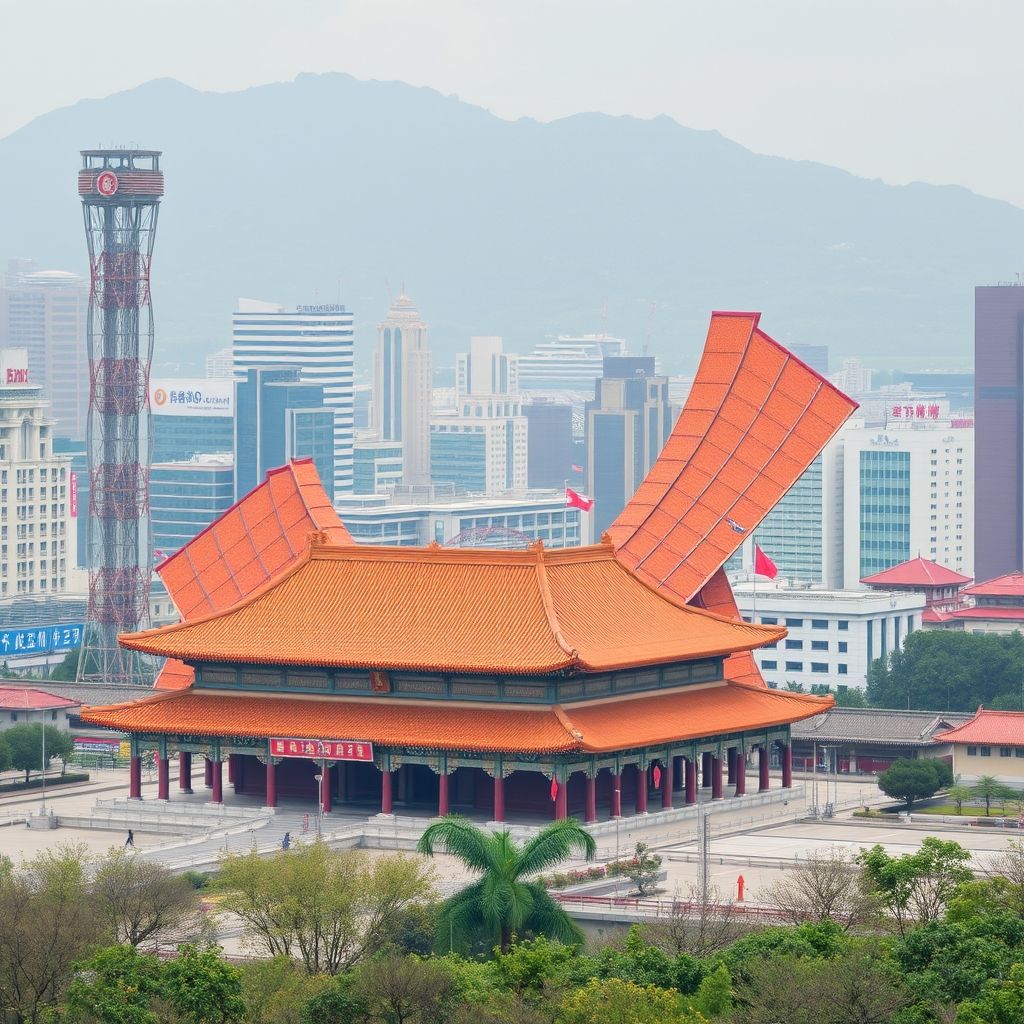As the world’s second-largest economy, China has long served as a cornerstone of global growth. But recent signals out of Beijing suggest that the economic powerhouse is entering choppier waters, facing a convergence of internal challenges and external pressures that could undermine its ambitious 5% growth target for 2025.
A Tense Tug-of-War Between Policy and Reality
Economists and analysts are sounding alarms, warning that China’s current pace of recovery will fall short without stronger and more direct intervention from both the government and the central bank. While stimulus measures have been rolled out in recent months, experts argue that they lack the force necessary to reignite robust momentum in key sectors like infrastructure, real estate, and domestic consumption.
“It’s not that China lacks tools, it’s about how boldly they’re willing to use them,” said one senior economist at a major global bank. “The economy is at a delicate crossroads.”
Trade Tensions and Global Fallout
Among the most persistent drags on China’s growth is the ongoing fallout from the trade war with the United States. Despite diplomatic overtures and occasional breakthroughs, hefty U.S. tariffs remain in place, squeezing Chinese exports and compounding industrial slowdowns. According to recent data, growth in industrial production slowed once again in April, a troubling sign given its traditional role as a growth engine.
Moreover, foreign companies are increasingly reevaluating their supply chains, seeking alternatives in Southeast Asia or reshoring production to reduce dependence on China, a trend accelerated by geopolitical uncertainty and growing calls for “de-risking” from Western economies.
Domestic Woes Add to the Pressure
On the home front, China is grappling with sluggish consumer confidence, youth unemployment that remains stubbornly high, and a shaky property sector still recovering from the Evergrande shockwaves. These factors have combined to dampen the “animal spirits” that policymakers had hoped would power a post-COVID resurgence.
Compounding matters is the lingering effect of the zero-COVID era, which not only slowed economic activity but also shook public trust and altered long-term consumption habits. Many households and businesses remain wary of spending or investing, opting instead for saving and risk-aversion.
What Comes Next?
Beijing’s 5% growth target remains technically within reach but only if the central government is willing to pivot toward more aggressive fiscal and monetary action. That could mean ramping up infrastructure investment, easing lending conditions, or even implementing cash-transfer programs to stimulate consumption.
However, such moves would mark a shift from the government’s current tone, which emphasizes “high-quality growth” and financial stability over quick fixes. Policymakers are thus walking a tightrope: trying to maintain long-term reforms while staving off short-term stagnation.
The Global Implications
China’s economic performance doesn’t just matter at home. From commodity markets to manufacturing hubs, the ripple effects of China’s slowdown are already being felt. For countries and companies alike, the message is clear: the era of relying on China as a consistent growth driver may be giving way to a new phase of uncertainty and recalibration.
As 2025 unfolds, all eyes will remain fixed on Beijing not just for what it says, but for what it does.




